Assignment 2: Depth of field
Close focus image: I focused on a decorative decoy of a common loon. The shallow depth of field photo (2-1, f2.8, 1/125, ISO 1800) is probably too shallow for this object; the head is sharp but the tail is blurred. I do like how the table and wall are blurred, drawing your eye to the decoy. In the deeper depth of field photo (2-2, f11, 1/20, ISO 4500) the decoy is clearly sharper, from beak to tail, more of the table is sharp, and the baleen on the wall is recognizable but not sharp. The deeper depth of field photo also needed a fairly high ISO but it doesn’t appear too grainy. Both photos were taken with a tripod, no flash, and a 19m focal length (17-35mm lens).
Portrait: My portrait options were limited but our Chinook husky rarely takes a poor photo, but she rarely sits still long enough to take two identical photos. The shallow depth of field photo (2-3, f2.8, 1/500, ISO 64) is focused on her right eye, which made her nose and ear are slightly blurred. The deeper depth of field photo (2-4, f11, 1/50, ISO 80) made her entire head sharp and the background is clearer, although still blurred. Both photos were taken with a tripod, with a 50m prime lens, and from 1m. Perhaps being so close her head/face would have been sharper with a slightly smaller aperture.
My choice: I chose to take advantage of the light and clear sky and play with depth of field along the trunk of an aspen. Both photos were taken without a tripod, focusing on the lower scaring and with a 35mm focal length (28-70mm lens). In the shallow depth of field photo (2-5, f2.8, 1/400, ISO 64) the scars are sharp but much of the trunk is blurry and looks awkward. In the deeper depth of field photo (2-6, f11, 1/40, ISO 100) more of the trunk is sharp but enough of the trunk and upper limbs are blurred. Although I think the deeper depth of field photo is more interesting the slower shutter speed may introduce more shake.

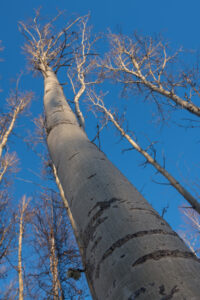
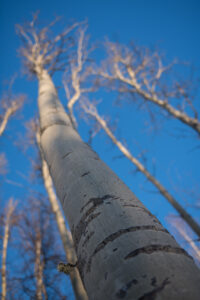
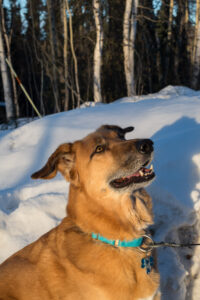
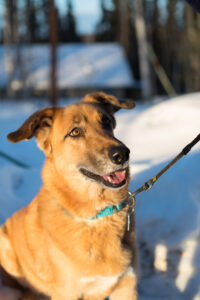
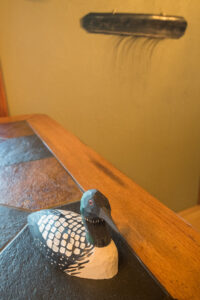
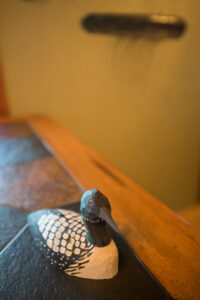
Leave a Reply
You must be logged in to post a comment.